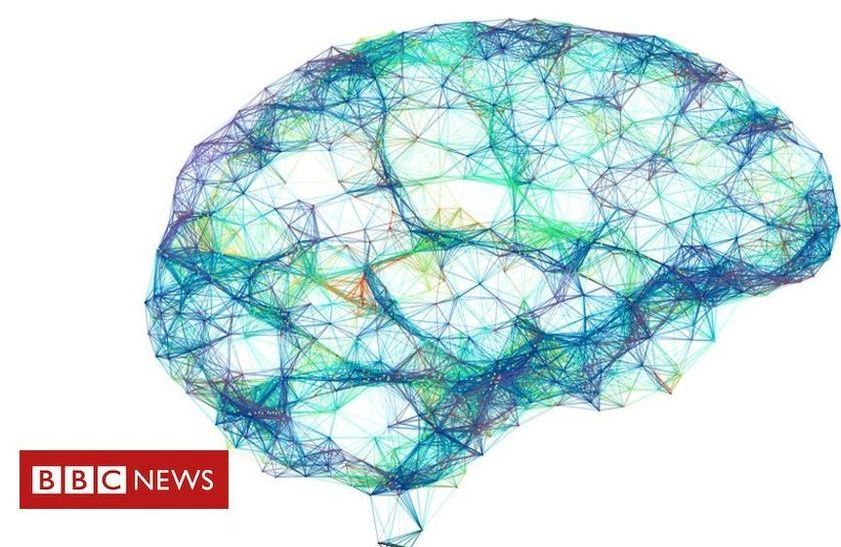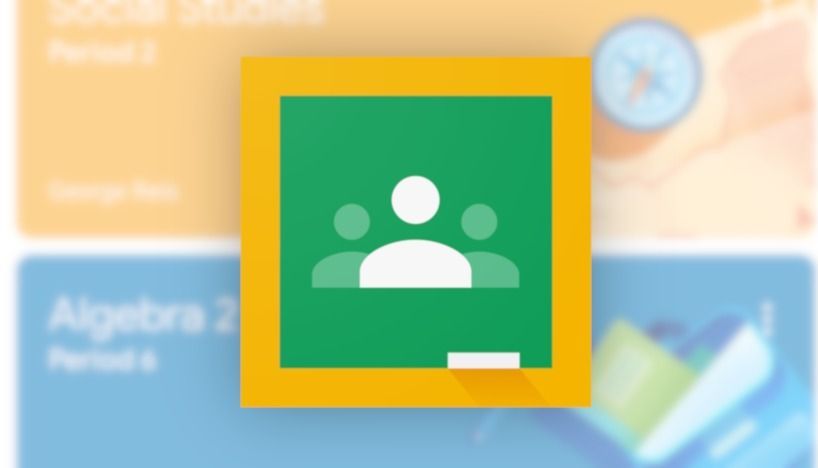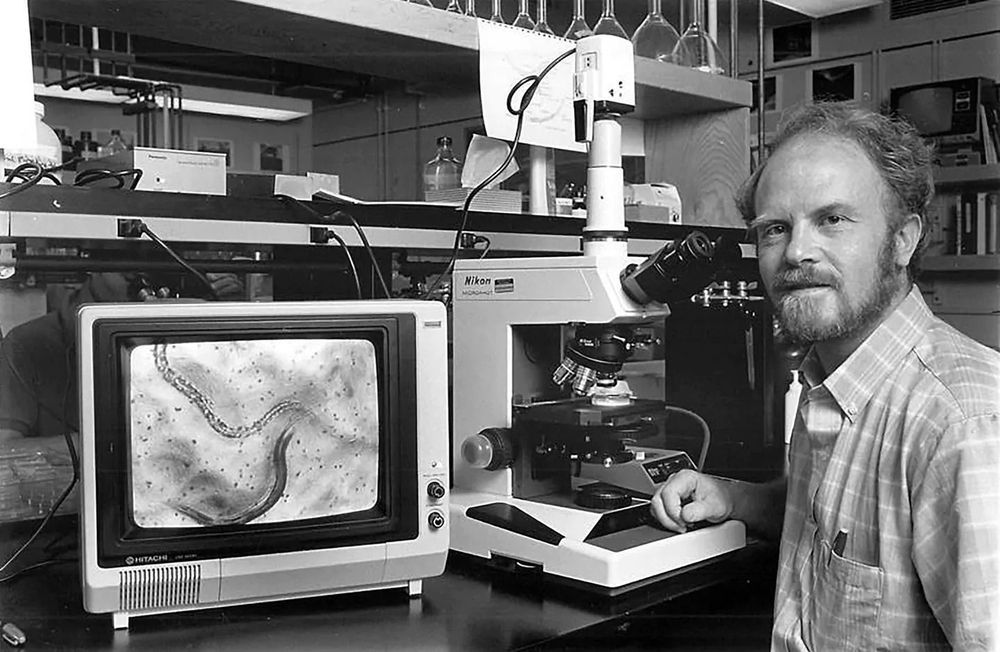The effort to create a treatment for glioblastoma has so far been unsuccessful, but a new study points to a potential step forward — the common vitamin, niacin.



As research on Alzheimer’s disease (AD) advances, a desperate need remains for an easy blood test to help diagnose the condition as early as possible. Ideally, such a test could also distinguish AD from other forms of dementia that produce similar symptoms. As published recently in Nature Medicine, an NIH-funded research team has designed a simple blood test that is on course to meet these criteria [1].
The latest work builds on a large body of work showing that one secret to predicting a person’s cognitive decline and treatment response in AD lies in a protein called tau. Using the powerful, but expensive, approach of PET scan imaging, we know that tau builds up in the brain as Alzheimer’s disease progresses. We also know that some tau spills from the brain into the bloodstream.
The trouble is that the circulating tau protein breaks down far too quickly for a blood test to offer a reliable measure of what’s happening in a person’s brain. A few years ago, researchers discovered a possible solution: test for blood levels of a slightly different and more stable version of the protein called pTau181 [2]. (The “p” in its name comes from the addition of phosphorus in a particular part of the protein’s structure.)

Scientists at Flinders University have, for the first time, identified a specific type of sensory nerve ending in the gut and how these may ‘talk’ to the spinal cord, communicating pain or discomfort to the brain.
This discovery is set to inform the development of new medications to treat problems associated with gut-to-brain communication, paving the way for targeted treatments to mitigate related dysfunction.
While our understanding of the gut’s neurosensory abilities has grown rapidly in recent years, two of the great mysteries have been where and how the different types of sensory nerve endings in the gut lie, and how they are activated.

Stress restructures the brain by halting the production of crucial ion channel proteins, according to research in mice recently published in JNeurosci.
Stress harms the brain and body in profound ways. One way is by altering astrocytes, the brain’s housekeepers tasked with mopping up neurotransmitters after they’ve been released into the synapse. On the cellular level, stress causes the branches of astrocytes to retract from the synapses they wrap around.
Bender et al. investigated what controlled astrocyte changes after mice experienced exposure to the urine of a fox, their natural predator. This single stressful event caused quick but long-lasting retraction of the astrocyte’s branches. Stress induces this change by halting the production of GluA1, an essential subunit of glutamate receptors. During a stressful event, the stress hormone norepinephrine suppresses a molecular pathway that normally culminates in the protein synthesis of GluA1. Without functional GluA1 or glutamate receptors, neurons and astrocytes lose their ability to communicate with each other.

Scientists have taken a step forward in their ability to decode what a person is saying just by looking at their brainwaves when they speak.
They trained algorithms to transfer the brain patterns into sentences in real-time and with word error rates as low as 3%.
Previously, these so-called “brain-machine interfaces” have had limited success in decoding neural activity.

“We are not there yet but we think this could be the basis of a speech prosthesis,” said Dr Joseph Makin, co-author of the research from the University of California, San Francisco.
Writing in the journal Nature Neuroscience, Makin and colleagues reveal how they developed their system by recruiting four participants who had electrode arrays implanted in their brain to monitor epileptic seizures.
These participants were asked to read aloud from 50 set sentences multiple times, including “Tina Turner is a pop singer”, and “Those thieves stole 30 jewels”. The team tracked their neural activity while they were speaking.
Dr. Duc Vuong, World’s #1 Weight Loss Surgeon, Author of 13 books, explains how coronavirus kills its victims.
Talk with Dr. V Live at https://www.facebook.com/doctorvuong
Your comments are my oxygen, please take a second and say ‘Hi’ in the comments and let me and my team know what you thought of the video … p.s. It would mean the world to me if you hit the subscribe button wink
Do you struggle with Weight Regain? Get DR. V’s FREE 16 Page REPORT “15 Ways To Stop Weight Regain” now. https://www.sleeveacademy.com/regain
Dr. V helps people break through unwanted patterns and start over by teaching them simple, practical life strategies.
This is great information for gastric sleeve, gastric bypass, duodenal switch, minigastric bypass, or any weight loss surgery.
If you like this video, then come learn from Dr. V in person at his next live Weekend Workshop. Click here.
Dr. Duc Vuong is the World’s #1 Weight Loss Surgeon, author of 13 books, and the leading expert in education for the bariatric patient. His particular passion is in helping people break self-limiting cycles and start over again, regardless of the situation. He teaches transformational tools to impact mental, physical, and financial wellness. He believes that everyone can have more because they can be more.
Multiple institutions and medical societies have praised his intensive educational system. As the author of 13 books and several online courses, his aim is to fill the shortage of educational resources for patients who have had or are considering weight loss surgery.
Although trained in Western medicine, he blends traditional Eastern teachings with the latest in science and technology. Dr. Vuong was featured in TLC’s hit show, 900 Pound Man: Race Against Time, and is currently working on his own weekly television show.
Learn more about Dr. V at https://www.DucVuong.com

Because of the coronavirus pandemic, most schools and universities around the world have had to close. Institutions have turned to services such as Zoom and Google Classroom, which have skyrocketed to being the most popular ones on the Play Store. Google’s service has become so famous that it just passed 50 million downloads.
AppBrain’s data shows the app was not even in the top 100 most popular at the beginning of the month but has rapidly spiked starting March 10 to reach the top 5 most popular ones in the US last week. In fact, the app is also being downloaded massively all around the world, as it’s amongst the most installed ones in Indonesia, Mexico, Canada, Finland, Italy, and Poland as well.
In times like this, it’s heartwarming to see there are free platforms readily available for teachers and students to keep learning and stay in touch, helping them continue to learn despite being on lockdown.

His work transformed the mind-set of scientists, launching a new field in the science of aging when he demonstrated that identifying and manipulating genes could lengthen life span.
Although Johnson’s research has led to drug development to slow the effects of age-related diseases, he has yet to find the secret to stop aging. Now the soft-spoken redheaded scientist is running out of time as he confronts his own mortality.
In 1987, scientist Tom Johnson’s team identified the first gene that affects aging. Today, he still works in his lab as he deals with incurable Lewy body dementia.

Though many negative repercussions of human immunodeficiency virus infection can be mitigated with the use of antiretroviral therapy (ART), one area where medical advances haven’t made as much progress is in the reduction of cognitive impacts. Half of HIV patients have HIV-associated neurocognitive disorders (HAND), which can manifest in a variety of ways, from forgetfulness and confusion to behavior changes and motor deficiencies.
To better understand the mechanisms underlying HAND, researchers from Penn’s School of Dental Medicine and Perelman School of Medicine and from the Children’s Hospital of Philadelphia (CHOP) brought together their complementary expertise to create a laboratory model system using three of the types of brain cells thought to be involved. Led by doctoral student Sean Ryan, who was co-mentored by Kelly Jordan-Sciutto of Penn Dental Medicine and Stewart Anderson of CHOP and Penn Medicine, the model recapitulates important features of how HIV infection and ART affect the brain.
“Frankly the models we generally use in the HIV field have a lot of weaknesses,” says Jordan-Sciutto, co-corresponding author on the paper, which appears in the journal Stem Cell Reports. “The power of this system is it allows us to look at the interaction between different cell types of human origin in a way that is more relevant to patients than other models.”